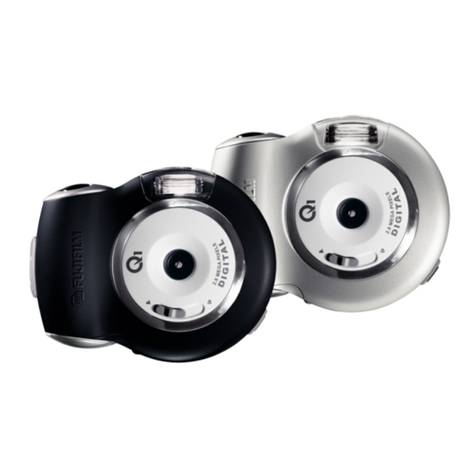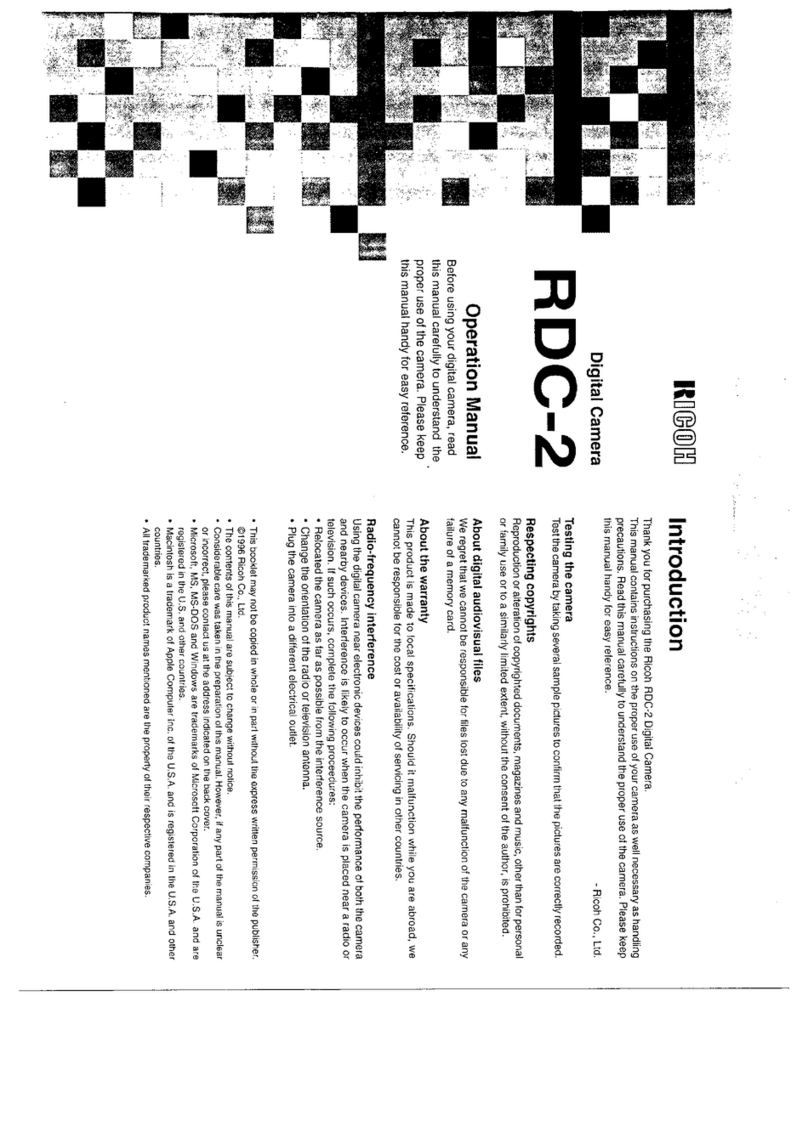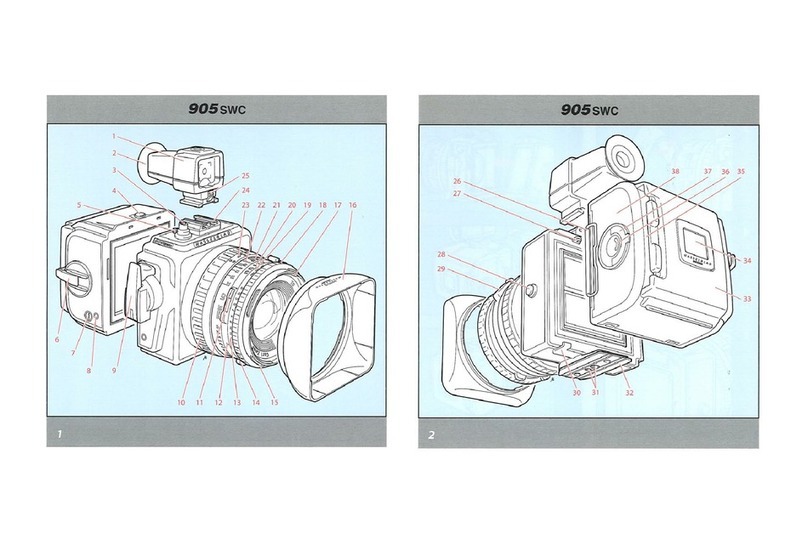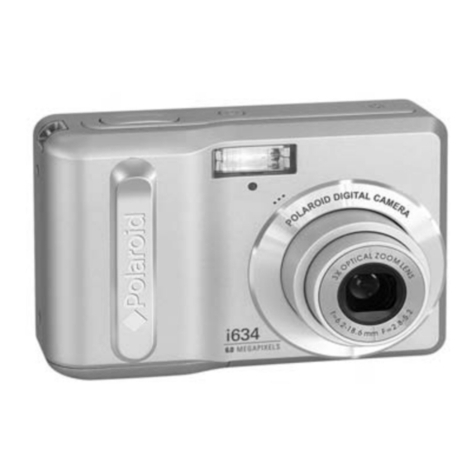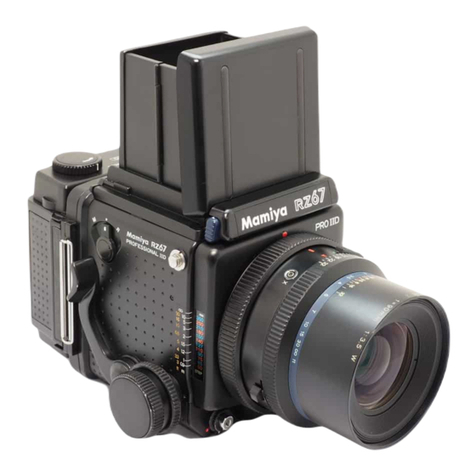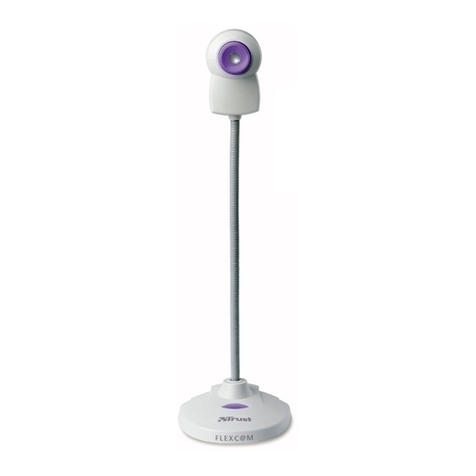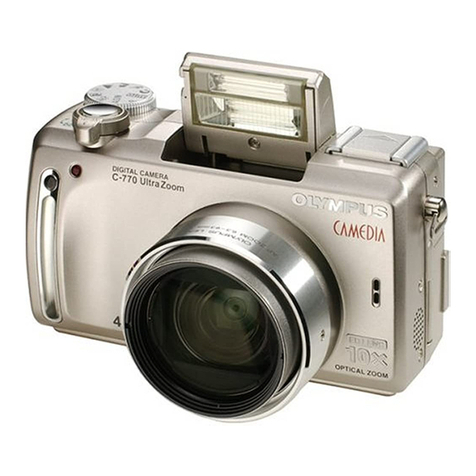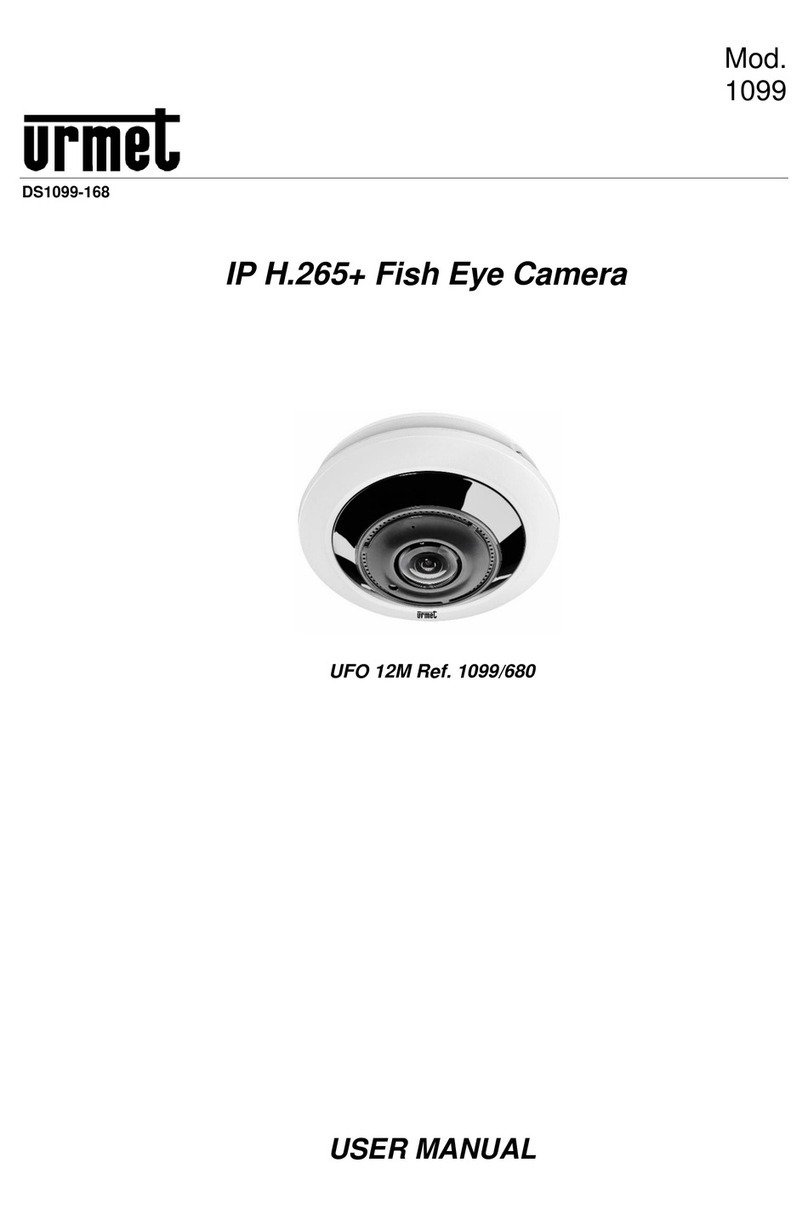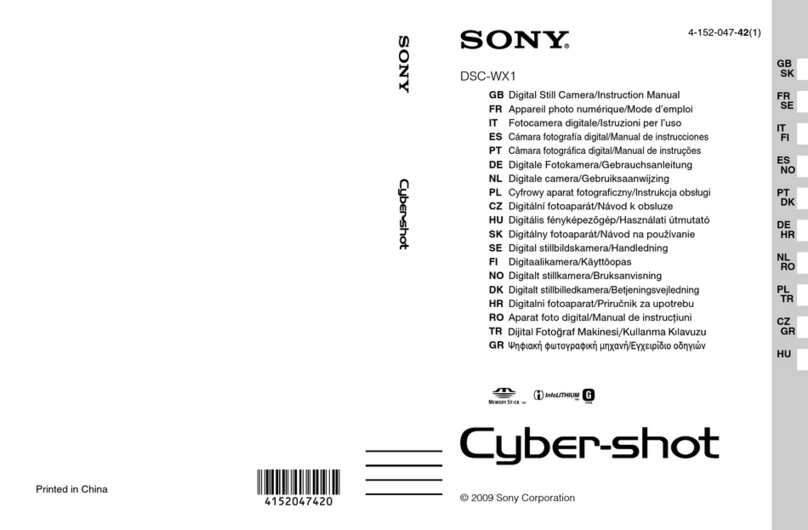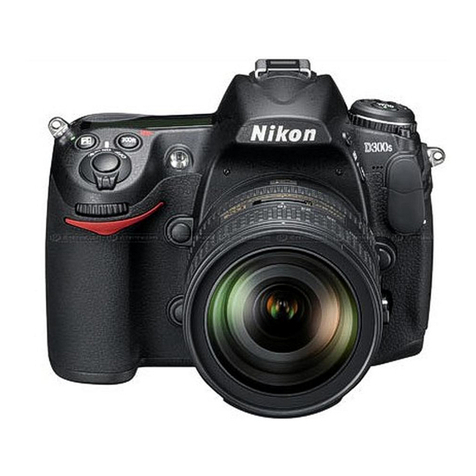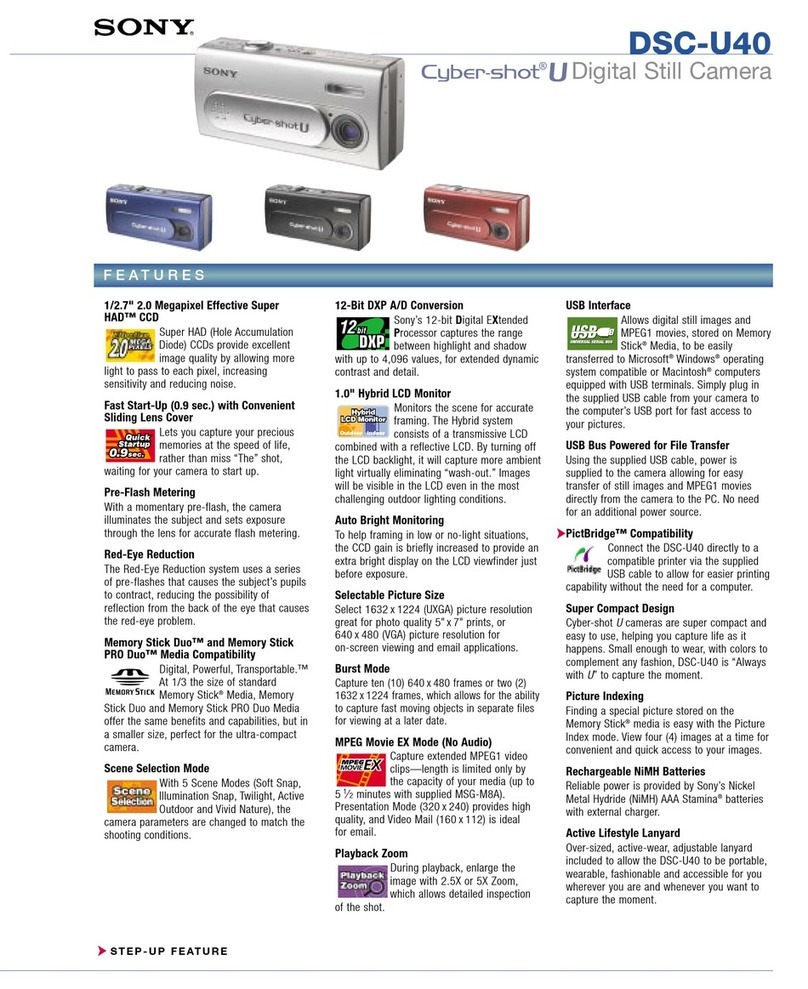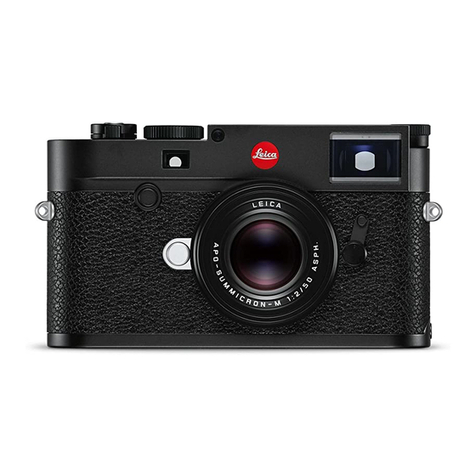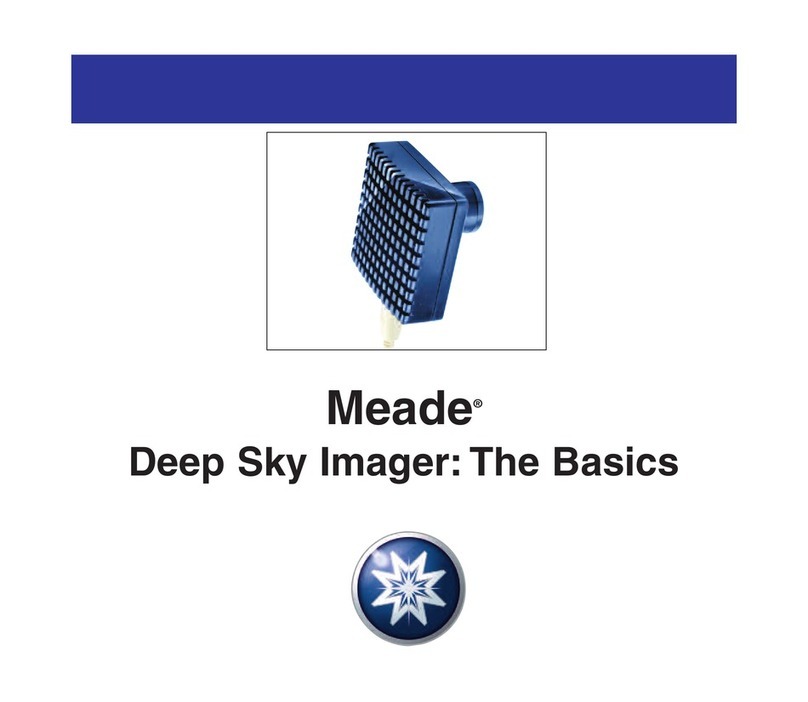Kongsberg OE14-522A-0019 User manual

OE14-522A-0019
HD Pan & Tilt Zoom Camera
4500 Metre
Serial Number:
Campus 1
Aberdeen Innovation Park
ABERDEEN,
AB22 8GT
Scotland
Tel: +44 1224 226500
Fax: +44 1224 226501
Kongsberg Underwater Technology Inc.
19210 33rd Avenue West
Lynnwood, WA 98036-4707
United States of America
Tel: +1 425 712 1107
Fax: +1 425 712 1197

PRESSURE TEST CERTIFICATE
Kongsberg Maritime Ltd
Campus 1
Aberdeen Innovation Park
ABERDEEN,
AB22 8GT
Scotland
Tel: (01224) 226500 (24hours)
Fax (01224) 226501
PRODUCT : OE14-522A-0019 SERIAL NUMBER :
DEPTH RATING IN METRES : 4500 TEST PRESSURE : 6644PSI
TEST DETAIL : 100PSI TIME : 30 MINUTES
6644PSI 30 MINUTES
TESTED BY : I.O.R. :
CUSTOMER:
REMARKS : PASSED DATE :

3 14-522-5201 Issue 1E
Warnings and Cautions
WARNING
Do not store or operate in a pressurised gaseous atmosphere
as this can lead to an internal pressure build up, giving rise
to an explosive decompression hazard.
CAUTION
Operate and store the camera within the range of
temperatures specified
Do not operate or store the camera near a strong radioactive
source, in an area of powerful electromagnetic radiation or,
in a helium atmosphere - see the warning above.
Although the camera is resistant to mechanical vibration and
shock, every effort must be made to avoid careless handling
when the camera is in use or being transported.
When the camera is deployed all connectors must have the
correct cables fitted. If the correct cables are not fitted
blanking plugs must be fitted.
This camera is fitted with an internal humidity sensor.
If the internal humidity exceeds a set level a green LED will
illuminate.
If this occurs you should contact the company or its
appointed service agent.
Certain electronic devices can be destroyed by static
electricity. It is essential therefore that full protection
against static is practised by service engineers.
DIRECTIVE
The product conforms to BS EN 61000-6-3: 2007 & BS EN 61000-
6-1: 2007 Electromagnetic compatibility

14-522-5201 Issue 1E
4
Standard Conditions of Warranty
Instruments sold by Kongsberg Maritime Limited (hereinafter called the ‘Company’) are warranted
only as stated below:
Subject to the exceptions and upon the conditions specified below, the Company agrees to correct,
either by repair or at its election, by replacement, any defect of material or workmanship which
develops within two years after delivery of the instrument to the original purchaser by the Company or
by an authorised representative, provided that investigation and factory inspection by the Company
discloses that such defect developed under normal and proper use.
The exceptions and conditions mentioned above are the following:
a. If any component or accessory manufactured by the Company such as glassware, optical
components, light bulbs or cable, fails to give reasonable period of time, the Company will, at
its election, replace or repair such component or accessory. What constitutes reasonable
service and what constitutes a reasonable period of time shall be determined solely by the
Company after the Company is in possession of all the facts concerning operating conditions
and other pertinent factors and after such component or accessory has been returned to the
Company, transportation pre-paid.
b. The Company takes no warranty concerning components or accessories not manufactured by
it. However, in the event of the failure of any component or accessory not manufactured by
the Company, the Company will give reasonable assistance to the purchaser in obtaining from
the receptive manufacturer whatever adjustment is reasonable in the light of the
manufacturer’s own warranty.
c. The Company shall be released from all obligations under its warranty in the event of repairs
or modifications made by persons other than its own or authorised service personnel, unless
such repairs by others are made with the prior written consent of the Company.
d. The Company expressly disclaims liability to its customers, dealers and representatives, and
to users of it’s products, and to any other person or persons for special or consequential
damages of any kind and from any causes whatsoever arising out of or in any way connected
with the manufacture, sale, handling, repair, maintenance, or replacement of or arising out of
or in any way connected with the use of said products.
e. Except as stated above, the Company makes no warranty, express or implied (either in fact or
by opt of law), statutory or otherwise: and, except to the extent stated above, the Company
shall have no liability under any warranty, express or implied (either in fact or by opt of law),
statutory or otherwise.
f. Representations and warranties made by any person, including dealers and representatives of
the Company, which are inconsistent or in conflict with the terms of the warranty (including
but not limited to the limitations of the liability of the company as set forth above), shall not
be binding upon the Company unless reduced to writing and approved by a Director of the
Company.
g. This warranty shall be governed by the laws of Scotland.

14-522-5201 Issue 1E
5
General Information
SPECIFICATIONS
The Company reserve the right to change specifications at any time without notice and without
incurring any obligation to incorporate new features in instruments previously sold.
DAMAGE IN SHIPMENT
The Company’s instrument is carefully examined and checked before it is shipped. It should be
visually and operationally checked as soon as it is received. If it is damaged in any way, a claim
should be filed with the carrier. New or repaired instruments damaged in transit should not be
returned to the manufacturer without first obtaining specific shipping instructions.
REPAIRS
Should any fault develop, the Company or its appointed service agents, must be notified immediately
giving full details of the difficulty. Include in the notification the model number and serial number of
the affected instrument. On receipt of this information the Company, or its service agent, will send
service instructions or shipping data.
Upon receipt of shipping instructions, the instrument must be forwarded, carriage pre-paid, and
repairs will be made by the Company or its service agents at their premises. If the instruments
are not covered by warranty, or if it is determined that the fault is caused by misuse, repairs will
be billed to the customer, and an estimate submitted for customer approval before the
commencement of repairs.
Repairs are guaranteed for 90 days, if the same fault reoccurs within this period and subject to
the above conditions, subsequent repair will be carried out at no charge.

14-522-5201 Issue 1E
6
Description and Use
The OE14-522 is a high quality, High Definition underwater video camera with an integral 10x optical
zoom lens mounted on a movable platform inside the view port giving pan and tilt functionality with
no external moving parts. It is designed for general-purpose underwater viewing and inspection tasks
where a high definition video of the subject is required. Its high resolution, small size and
functionality allow it to be used for a variety of applications.
The camera can be remotely controlled by PC via an RS485/RS232/USB link. This allows control of
all camera functions including Pan, Tilt. Zoom and Focus. Tri-state control may be used to control
Pan, Tilt, Zoom and to turn autofocus off or on.
Automatic control of lens iris compensates for different levels of scene illumination in conjunction
with automatic gain control (AGC).
An infra-red remote control changes between control options and allows long line compensation to be
selected.
Under digital control all of the cameras main functions can be controlled from the GUI, these include:
Pan and tilt speed, go-to positions and position feed back.
Zoom, focus (including autofocus off/on) and iris compensation over-ride.
The speed of pan and tilt is coupled to the zoom position, i.e. when the lens is at telephoto position the
movements are slow, whilst when in wide position, the movements are quicker. This feature can also
be over-ridden when under digital control.
A number of different video output options can be provided, including analogue, digital on copper and
digital over fibre optic.

14-522-5201 Issue 1E
7
Wiring Details
INSTALLATION
Before using this camera please load the USB Flash Drive marked “OE14-522” and read the manual
for important information on operating the camera.
When the camera is deployed all connectors must have the correct cables fitted, if the correct cables
are not fitted blanking plugs must be fitted.
Main Connector
Pin 1
Pin 4
Pin 5
Pin 10
* RS232 TX & RX is with respect to the controlling device
Wiring Details
Pin 1 0V (Power return)/USB 0V
Pin 2 Power
Pin3 Y
Pin 4 Pb
Pin 5 Pr
Pin 6 Tri-State Zoom/485-/232RX*/USB_D+
Pin 7 Tri-State Focus/485+/232TX*/USB_D-
Pin 8 Auto Focus/USB 5V
Pin 9 Tri-State Pan
Pin 10 Tri-State Tilt
Pin 11 N/C
Pin 12 N/C
Pin 13 N/C

14-522-5201 Issue 1E
8
Quick Start Guide
When you unpack your camera it is recommended that it is tried out on a desk to get some experience
in operating it. You should be able to operate it in roughly 5 minutes. First,take the USB Flash Drive
and insert it into a PC. Locate the installation file named MPG_Setup_V1.0.1.msi in D:\gui
(assuming D is the USB Flash Drive). Double click the file to run it. The GUI will then install. Follow
the on screen instructions while installing the GUI.
Plug a suitable cable into the external connector on the camera and wire it up using the wiring
information given. Connect 16-24Vdc onto the power pin and connect the 0V pin to ground. Connect
the Y, Pb and Pr signals to their relevant connector on your monitor. The same applies if the camera is
an HD-SDI version, i.e. connect to the relevant connector on the monitor.
If using RS232/485 for control then connect the RS232/485 communications link to the two serial
communication pins on the OE14-522. If using RS232 then connect the RS232 0V to the camera 0V.
You are now ready to use the camera. Turn the power on and then press the RS485 or RS232 button
(as required) on the remote control. On the controlling PC , launch the GUI.
On the USB Flash Drive you will find document 0350-5021 in D:\pdf.
This explains in detail, how the GUI is operated.
If the GUI fails to initialise then the most common problems are:
1. The two serial communications pins on the camera have been wired the wrong way round
to the PC.
2. The camera has not been put in the correct mode (RS485 or RS232).
3. The current limit of the power supply is set too low for the camera.
If the video signal appears incorrect the most common problems are:
1. The display is in the wrong mode (1080i/50, 1080i/59.9, PAL, NTSC etc).
2. Video signal screen on the display is not linked to screen on the camera.
3. If using Component Video the Y, Pb and Pr connectors are in the wrong monitor inputs

14-522-5201 Issue 1E
9
Remote Control
The IR Remote Control configures the camera control mode.
To use the IR Remote Control to configure the camera, ensure the camera is powered up and point the
remote control into the dome of the camera.
When a command has been accepted from the remote control a Green LED will flash inside the dome
1 – 2 – 3 Not Used
LLD Reset No compensation
LLD 100 100m (328 ft)
LLD 200 200m (656 ft)
LLD 400 400m (1312 ft)
LLD 800 800m (2624 ft)
Analogue Analogue Control Tri-state
RS485 Digital Control, RS485 Data link
USB Digital Control, USB Data link
RS232 Digital Control, RS232 Data link
Termination ON Termination ON (Network)
Termination OFF Termination OFF (Network)
1080/50 Set to 1080i 50
720p/50 Set to 720p 50
1080/59 Set to 1080i 59.94
720p/59 Set to 720p 59.94
PAL SQ Set to PAL Squeeze
PAL ST Set to PAL Crop
NTSC SQ Set to NTSC Squeeze
NTSC ST Set to NTSC Crop
Y/C 50 Not Used
Y/C 60 Not Used
Backlight ON Turns Back Light On
Backlight OFF Turns Back Light Off
Defaults Reset Not Used
WB Auto Set WB to Auto
WB Halogen Set WB to 3200K
WB Daylight Set WB to 5800K

14-522-5201 Issue 1E
10
Camera Specifications
PERFORMANCE
Sensitivity : 0.1 lux Faceplate at minimum
useful picture
Resolution 50i : >800 lines (h)
60i : >800 lines (h)
Signal-to-noise Ratio 50i : >48dB (Weighted)
60i : >48dB (Weighted)
Boot Up Time : 8 seconds
ELECTRICAL
Signal System : 1080/50i
: 1080/60i
: 720/50p
: 720/60p
: PAL/NTSC
Sensing Device : 1/3” Interline Transfer CCD
Picture Elements 50i : 1920 (h) x 1080 (v)
60i : 1920 (h) x 1080 (v)
Field Frequency 50i : 50 Hz
60i : 60 Hz
Line Frequency 50i : 27 kHz
60i : 32.4 kHz
Video Signal : Analogue Components
Y, Pb, Pr
Power : +16 to +24 Vd.c.
1A Max
OPTICAL
Lens : 5.1mm to 51mm, F1.8
Focus Range (wide angle) : Front Port to infinity
(narrow angle) : 700mm to infinity
Angle of View (in water) Horizontal : 0.3 to 45 degrees
Camera module Vertical : 0.2 to 29 degrees
Diagonal : 0.4 to 50.5 degrees
Swept Angle of Movement Horizontal : ± 100º
Vertical : ± 100º

14-522-5201 Issue 1E
11
MECHANICAL
Size Length : 232mm
excluding connector
Diameter (dome) : 170mm
Diameter (Body) : 140mm excluding connector
Material : Titanium Alloy 6AL/4V
ASTM B348 Grade 5
Camera Weight In Air : 6.7 kg
In Water : 2.9 kg
Shipping Weight : 14.8 kg
Shipping Dimensions : 650mm x 360mm x 480mm
External Connector : Burton 5506-2013
ENVIRONMENTAL
Operating Depth : 4500 m
Operating Temperature : -5C to 40C (23F to 104F)
In Air Operating Duration : 18 Hours at 20°C
Storage Temperature : -20C to 60C (-4F to 140F)

14-522-5201 Issue 1E
12
Outline Drawing
All sizes are in mm

14-522-5201 Issue 1E
13
Mounting Details
All sizes are in mm

14-522-5201 Issue 1E
14
Backend Parts
Item Description Part N
A Connector, Burton 5506-2013 082-0592
B Backend, Titanium, 4500m 14-522-2102
C Insulator Plate, 5506-20xx 1324-2902
D Blanking Plate, Titanium 14-112-2031
E M5x25 SK Cap Screw (A4 St/St) 212-9608 (x4)
F M5 SC Washer (A4 St/St) 211-9100 (x4)
G M5 Flat Washer (A4 St/St) 211-9106 (x4)
H M5 Insulting Bush 181-0576 (x4)
I M5x12 CSK Screw (Titanium) 212-9506 (x4)
J O Ring (200-021-4470) 190-0209
K O Ring (200-025-4470) 190-0055
L O Ring (200-158-4470) 190-0502
Note:
Great care must be exercised when opening the camera as the backend is connected to
the main housing with a very fine coaxial cable.

14-522-5201 Issue 1E
15
Housing Parts
Item NDescription Part N
A Housing, Titanium, 4500m 14-522-2000
B Dome 4500m 14-522-2005
C Retaining Plate 14-522-2006
D Screw M3x8 CSK (Titanium) 212-0217
E Dome Locking Rod 14-522-2032
F O Ring 200-254-4470 190-0522

14-522-5201 Issue 1E
16
Chassis Parts
Item
N
Description Part N
A Protection Board 14-522-6011
B Interface Board 14-522-6014
C Sensor Board 14-522-6013

14-522-5201 Issue 1E
17
OE14-522 Optional Parts & Accessories
Item
N
Description Part N
-- Dome Removal Jig 14-522-8002
-- Desiccant 181-0821
-- Silicone Lubricant 1cc 012-0070
-- Remote Control 0350-6043
-- AAA Battery
(for Remote Control)
141-0110 (x2)
-- PeliCase (Storage Case)
114-522-4003
1The PeliCase is suitable for storage and day to day handling. For transit, secondary
packaging should also be used. The secondary packaging should comprise of a strong outer
case with a minimum of 50mm [2”] of soft packaging e.g open cell foam.

14-522-5201 Issue 1E
18
Access Procedure
Scope
This procedure details only how to access the internal parts of the camera, whilst not difficult this is
more awkward than “normal” cameras due to the dome extending out beyond the diameter.
Reference is made to using a cloth to protect the dome, always use a new cloth as a used cloth can
cause scratching, micro fibre cloths in particular are very efficient at holding onto dust and grit
particles.
Removing the Dome
A jig is required to remove the dome – see Optional Parts & Accessories for the Part Number.
The camera mechanism must be panned fully to either side before the dome can be removed.
If this has not been done on the vehicle then this can be done on the bench as follows;
power up the camera,
use the remote control to select analogue,
connect the tri-state pan line to either the 0v or 24 v line.
Once the camera mechanism has been panned fully to one side the dome can be removed as follows;
Place the camera on the jig,
place a clean soft cloth over the dome,
place the top plate centrally on the dome,
screw down evenly so that the O ring is fully compressed,
remove the retaining plate,
push the locking rod through then pull it fully out.
Remove the jig top plate,
lift off the dome, tilting it to clear the mechanism.
Place it face down on a clean, lint free, dust free surface - it is much easier to keep it clean
rather than clean it.

14-522-5201 Issue 1E
19
Removal of the back end
Note: If the camera is to be removed from the housing, the head should be panned completely to one
side, preferably to the right.
To carry out the back end removal with the dome still fitted it will be necessary to support the
camera. If the case is available, support the dome in the packing, otherwise lay the camera on its side
on a pad of soft cloth, use some means to stop the camera rolling.
There is wiring between the back end and the camera body; this includes a very fine (easily damaged)
co-axial cable. Care should be taken to only remove the back end as far as is required to gain access
to the wiring in the first instance.
The back end is removed by removing the four screws and lifting the back end off.
If the camera has a fibre driver, taking care not to bend the fibre too tightly, remove the driver and
disconnect the coax. Disconnect the power lead to the fibre driver and the lead from the underwater
connector. Unscrew the power resistor from the back end. The actual power resistor is fully
insulated from its tab so it is not necessary to fit an insulating pad and bush.
Removal of the protection and interface boards
Note that the boards are connected together by a 26 way connector, observe the pads and separate the
boards without twisting. Remove 4 screws to lift of protection board, remove 4 pillars to lift off
interface board. Note that the cables from the camera exit between the boards and wrap around the
edge.
Removal of camera from housing
To remove the camera from the housing, it is necessary to remove the dome. See the access procedure
above.
The camera can be removed with the protection and interface boards fitted although it will prove
easier with them removed.
Tuck, and tape, the connectors up inside the central hole
Remove the close up lens assembly by removing the four M1.6 screws, lift off the assembly, note it
will be in 3 parts.
Remove the four M3 screws located around the inside of the dome seating surface.
The internals can now be removed from the housing, some tilting will be required.
Reassembly
Reassembly of the camera is a reversal of the above process.
New O rings should be used as a matter of course.
The desiccant can become exhausted in a very short time in the open air, so fit dome and complete all
checks and tests before finally fitting the new desiccant.

14-522-5201 Issue 1E
20
Table of contents
